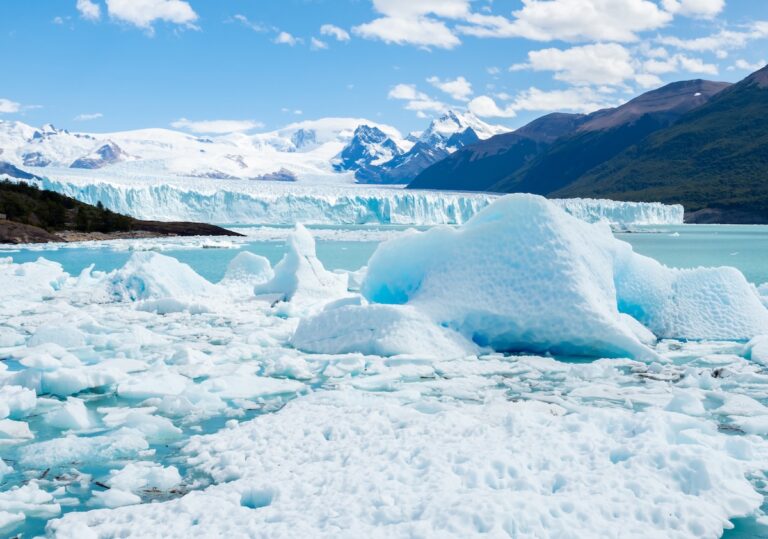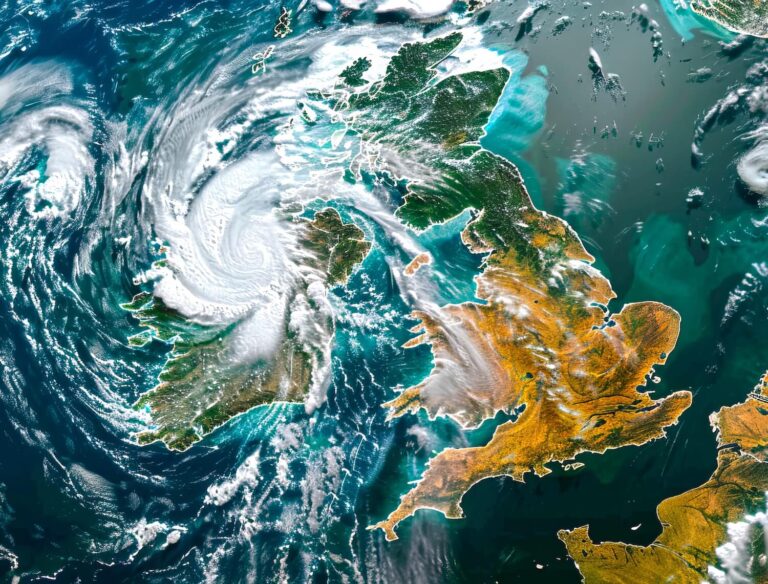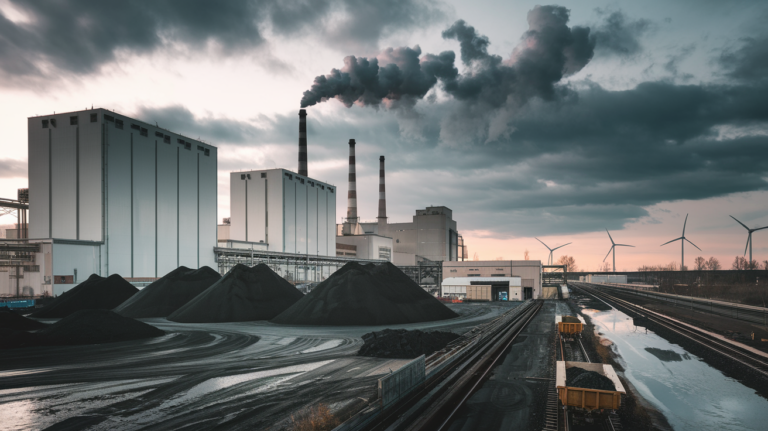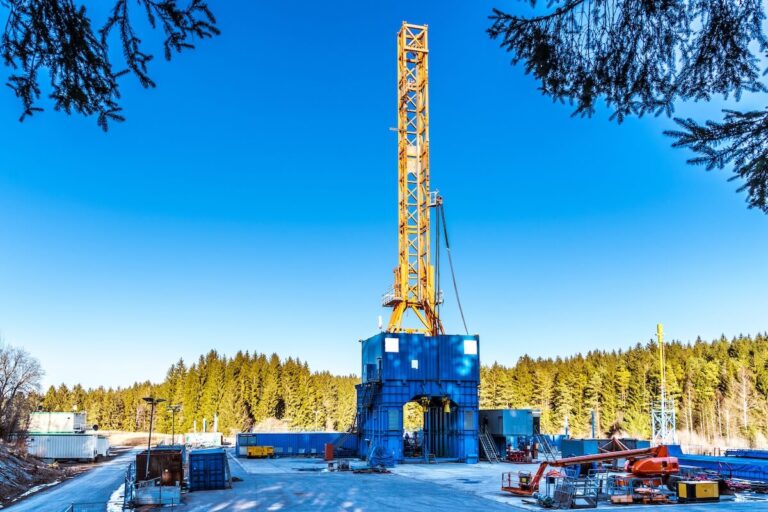Antarctica’s Doomsday Glacier on the Verge of Collapse

Antarctic Ice Threat: Scientists Warn of Imminent Sea Level Rise
Scientists are sounding the alarm about a massive Antarctic glacier that could significantly impact sea levels worldwide. The Thwaites Glacier, nicknamed the “doomsday glacier,” is showing signs of potential collapse, according to recent research.
British Antarctic Survey experts used cutting-edge underwater robots to gather new data on Thwaites.
This glacier, comparable in size to Great Britain or Florida, is a key piece of the West Antarctic Ice Sheet. The findings suggest both Thwaites and much of the ice sheet might vanish by the 2200s.
If Thwaites were to collapse completely, it could raise global sea levels by about 65 centimeters (2 feet). This increase would submerge vast coastal areas around the world.
Some key facts about Thwaites:
- Width: Approximately 120 km (74.5 miles)
- Thickness: Up to 4,000 meters (13,100 feet)
- Current impact: Part of a region contributing 8% to the global sea level rise rate of 4.6 mm/year
The glacier’s retreat has accelerated in recent decades. Ice flow from Thwaites and nearby glaciers into the sea has more than doubled since the 1990s.
What makes Thwaites particularly unstable?
- Ocean warming
- Most of its base lies below sea level
- Shallow coastal areas contrast with deep interior sections
If the entire West Antarctic Ice Sheet were to collapse, it could lead to a sea level rise between 1 and 2 meters (3 to 6 feet). Some estimates suggest it might even double that amount.
Dr. Rob Larter, a marine geophysicist with the British Antarctic Survey, notes that while experts agree Thwaites will retreat faster in the next century, recent studies have revealed new processes that could speed up this timeline.
The latest research predicts Thwaites will likely collapse by the 2200s at the latest. Dr. Ted Scambos, a glaciologist from the University of Colorado, explains that computer models show ice loss accelerating through the 2100s, potentially leading to widespread West Antarctic Ice Sheet collapse in the following century.
Thwaites’ vulnerability stems from its location. Its ice sits on a bed far below sea level, sloping downward towards central West Antarctica. This configuration makes it prone to rapid retreat.
“Thwaites has been shrinking for over 80 years, with a marked increase in the past 30. Our research indicates this trend will continue and intensify,” Dr. Larter added.
The potential collapse of the entire West Antarctic Ice Sheet poses an even greater threat. It could raise global sea levels by a staggering 3.3 meters (10.8 feet). Such an increase would have devastating consequences for hundreds of millions of people in coastal areas worldwide, from Bangladesh to Pacific islands, and major cities like New York and London.
Given these findings, researchers are urging immediate action to reduce greenhouse gas emissions. While the effects of climate intervention may be delayed, Dr. Scambos emphasizes that sustained efforts can still have a positive impact, particularly in moderating the warm deep ocean water driving the glacier’s retreat.
This research underscores the critical need for continued monitoring and study of Antarctica’s ice sheets. As global temperatures continue to rise, understanding these complex systems becomes increasingly important for predicting and preparing for future sea level changes.
